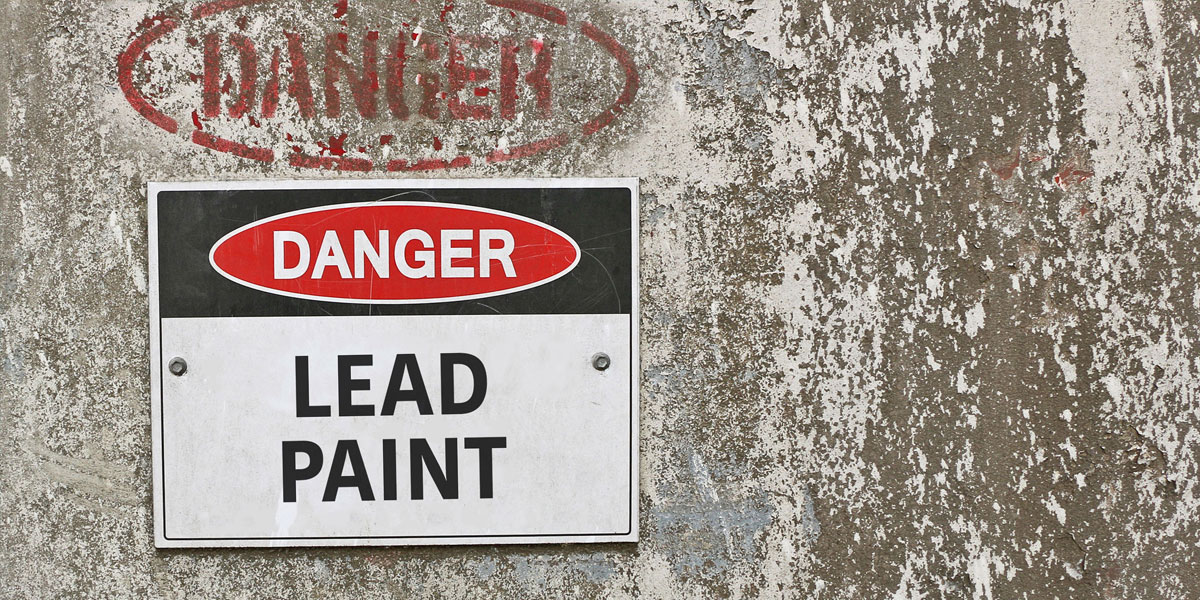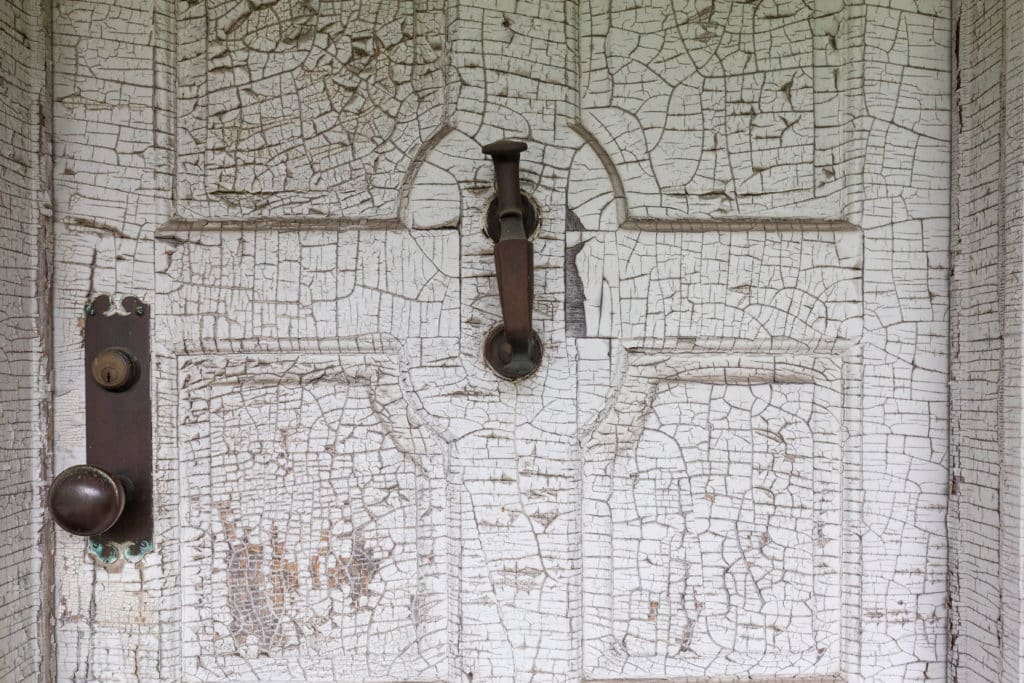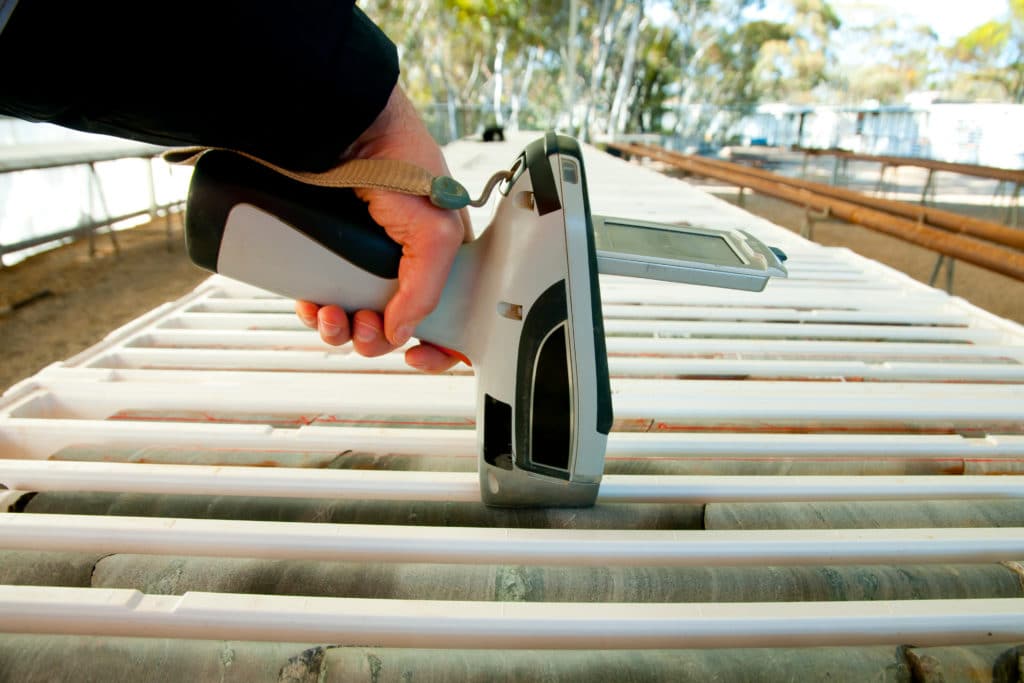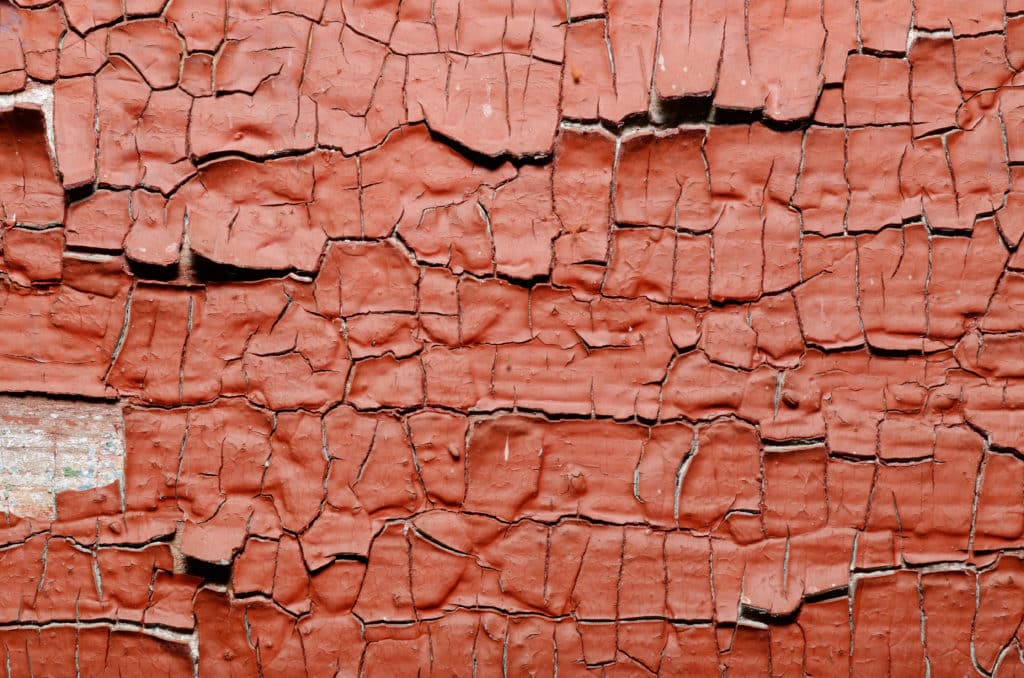
Lead paint inspections are typically required as a part of due diligence during commercial, single family, and multifamily real estate transactions for properties built before 1978. Getting a Lead-Based Paint (LBP) inspection is normally a mandatory step in the application process for obtaining a rental license agreement. It’s important to make sure that the property is tested when there are any visible signs of chipping or pealing paint, or when the building will be occupied by children.
The Dangers of Lead in the Home.
While this article will cover an overview of lead based paint, if you need a LBP inspection or believe your property has LBP, then further research and understanding is recommended. This article is highly detailed and covers most of the dangers and warning signs of lead based health problems.
Lead poisoning can be difficult to tell just be noticing symptoms, especially in children. Some warning signs of lead poisoning can make people feel lethargic, having trouble sleeping, or nausea. Though the symptoms pale in comparison to the dangers that lead paint can cause, especially in developing children. Lead poisoning can result in vomiting, behavioral issues, and stunting developmental growth both physically and mentally.

What is a Lead Paint Inspection?
There are three general types of lead tests, which one implemented will depend on the building and requirements of the building/client.
- LBP Inspection: These are referred to as XRF testing, and provides direct results on site, without having to have the report generated via lab work. XRF inspections are typically comprehensive, and do not disturb any of the lead paint nor the lead dust. XRF inspections are what are required by OSHA for LBP assessments.
- Lead Risk Assessment: Lead Risk Assessments are based around visual inspection and documentation of the condition of LBP. Here the inspector identifies any chipping and cracked paints throughout the property. The inspector will also collect lead dust samples throughout the property, areas such as the window wells and around doorways.
- Lead Clearance Assessment: These inspections are typically preformed before and after all major renovations are completed to a building. The inspector preforming lead clearance assessments also preforms visual identification of paints and hazards, along with dust sample collection.

How to Identify Lead Based Paints.
Lead based paint was banned in the use of all buildings, commercial or residential, as of 1978. The first place a homeowner or investor should start is by knowing the age of the building. Anything built before 1978 could potentially be at risk for LBP, and should be assumed to have LBP unless documentation of remediation is provided.
Lead paint was used primarily on the exterior of homes, as it was great at maintaining its color when exposed to the elements longer than non-lead paints. Often it was used around the wooden trim of the house, both internal and external. So the best place to start looking, is around the exterior trim of the house.
The main dangers in LBP comes when the paint is consumed, which contrary to popular belief, is not limited to oral consumption. Skin can absorb the lead in the paint, along with lead being absorbed in the lungs. What an inspector, and what you should be looking for, is all chipping and cracking paints throughout the property. A key in identifying LBP is how lead paint chips. LBP does not chip in long strips, rather it tends to break apart and crack in square patterns, something referred to as alligatoring. See below picture for a better understanding.

Another key giveaway, is the layering up of paint. Often, instead of full removal of the chipping paint, home owners will paint overtop of the LBP with latex or oil paints. This does not mean the house is free from the dangers of lead. If you see some wooden trim that has multiple layers of paint, there very well could be LBP somewhere in those layers.
Look for trim and wooden areas in the inside of the house that have high traffic or friction. Areas such as stair banisters, wooden windows, and wooden doors. The trimming used in these areas could contain LBP, and are at high risk for producing lead dust. Lead dust is the primary reason for lead contamination in both children and adults. So making sure that these areas of the house are properly assessed is critical for the well being of the occupants.
What to Do if Your House has Lead Based Paint.
If you think you may have lead paint in the house, get it assessed. There are many different kinds of assessments that are for different levels of LBP reduction. And with that, there are different kinds of remediation that can be implemented to make sure that the property is safe for habitation.
Lead poisoning and the risks associated are by no means a joke, and should not be taken lightly. If you think that there could be lead paint in the house, or one of the house occupants have showed high levels of lead in their blood work, it is time to get the property assessed. It is also often required by law to make sure the property is safe for occupation during certain real estate transactions.
Once the property has been assessed, then there are two options. Either the property is deemed safe, in which case all is good, or the property contains some health risks. If the latter is true, then it is time to get in contact with a lead remediation company. Dependent upon which assessment is required and preformed, the remediation company will then create a suitable plan to make the property safe for occupancy.

